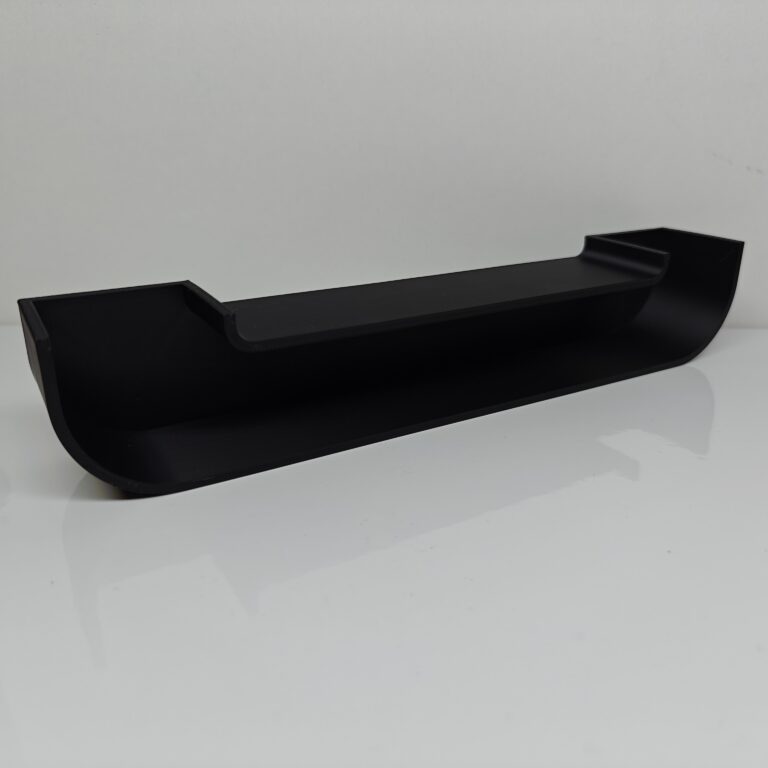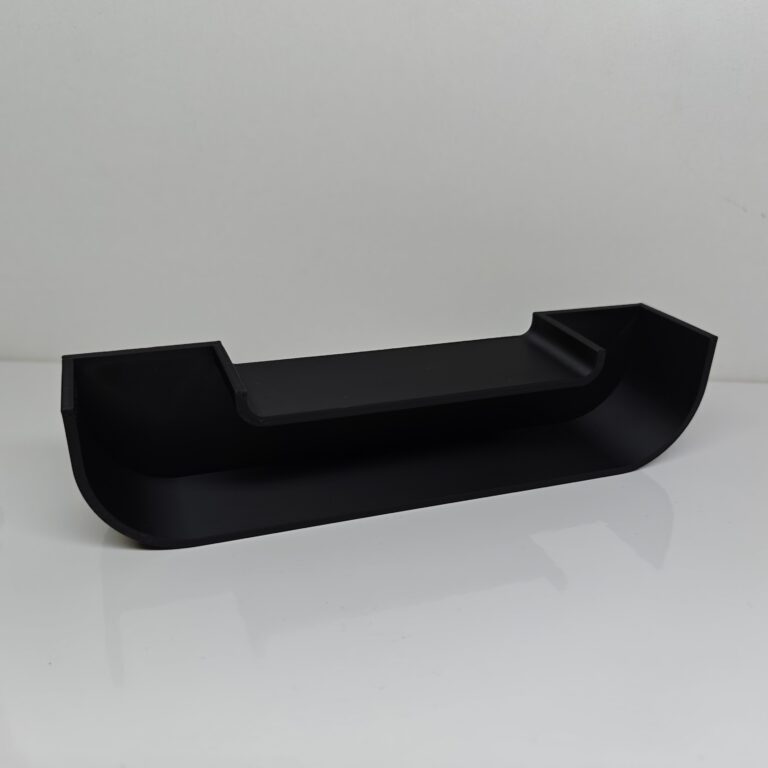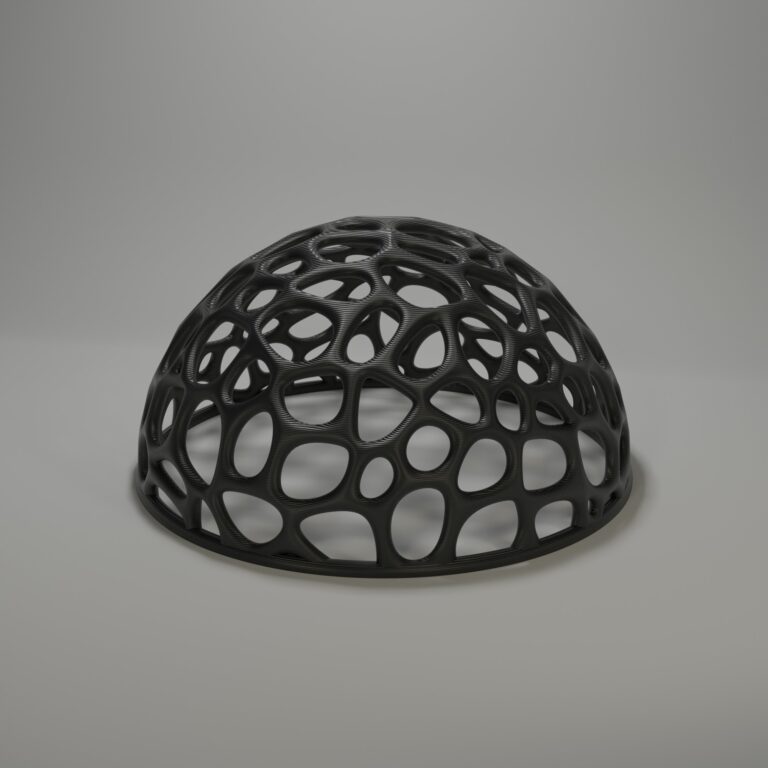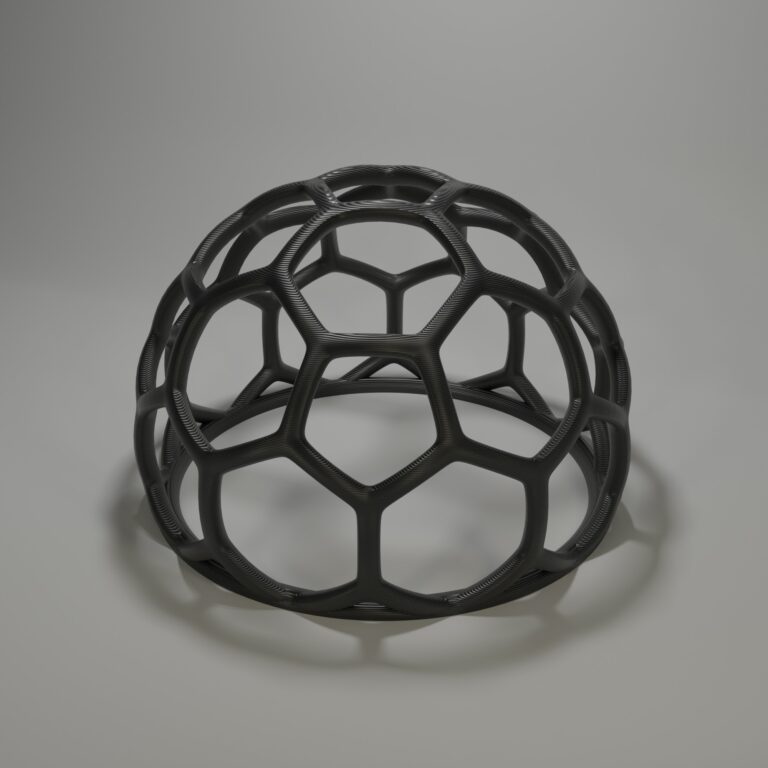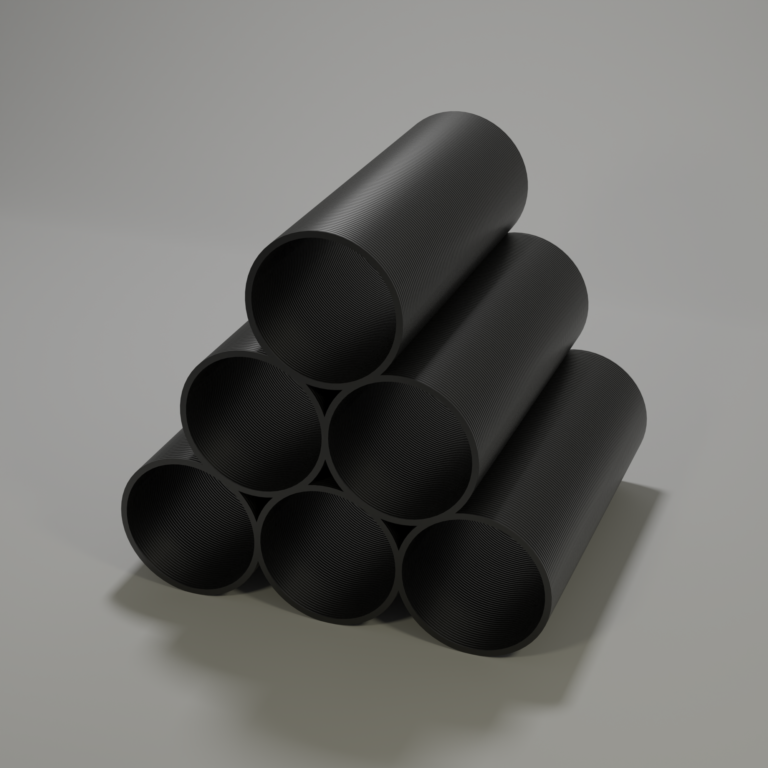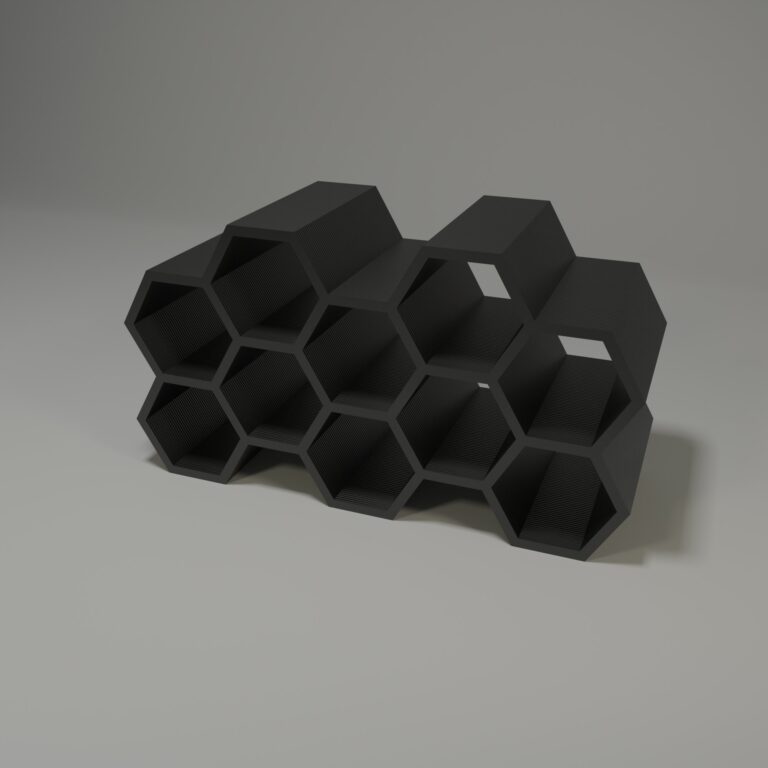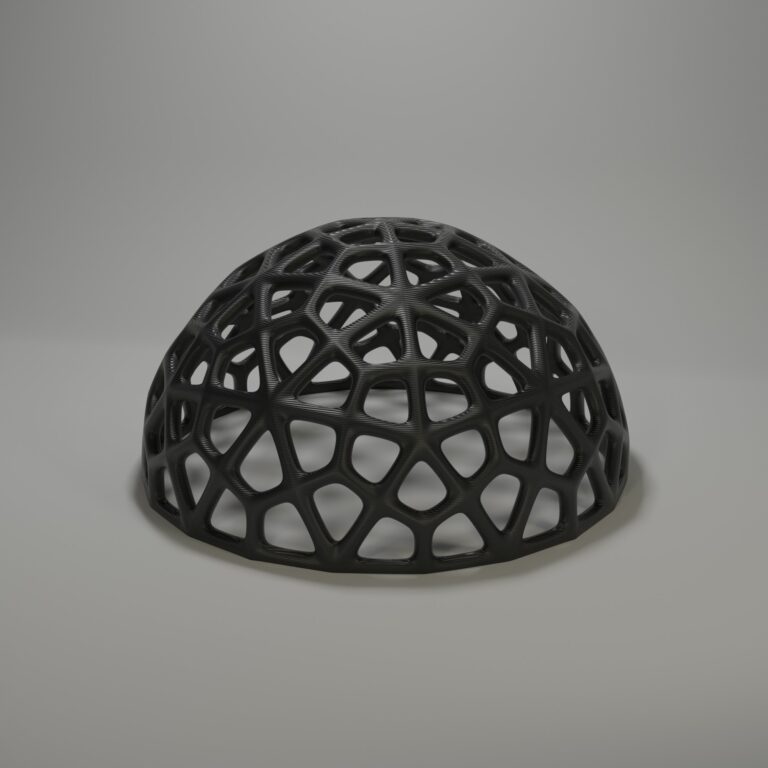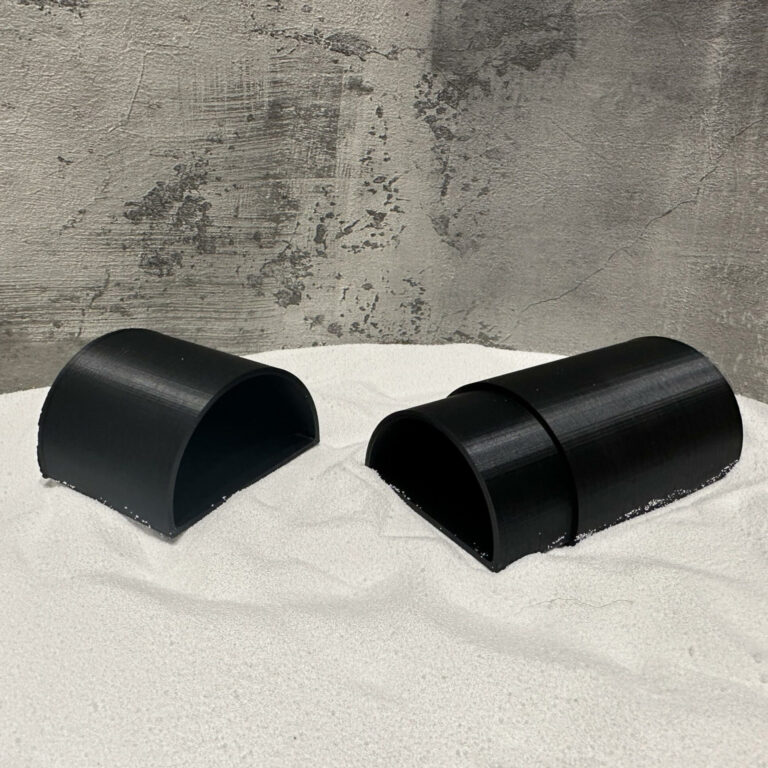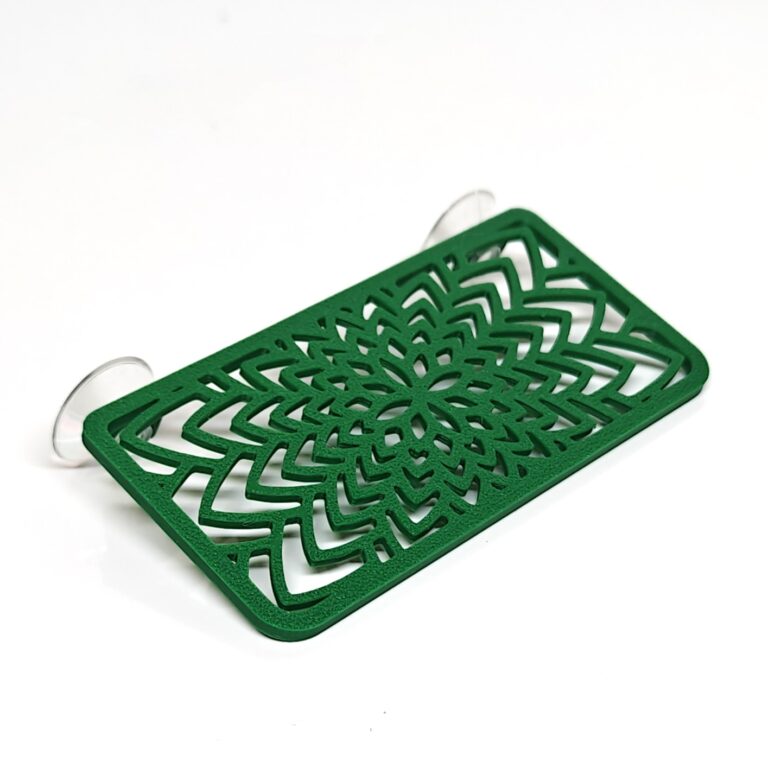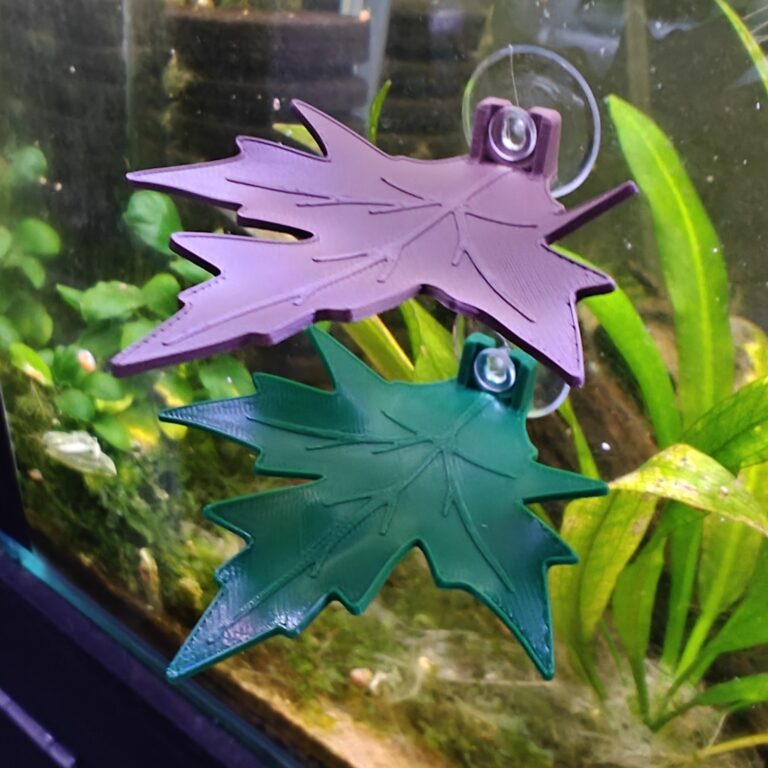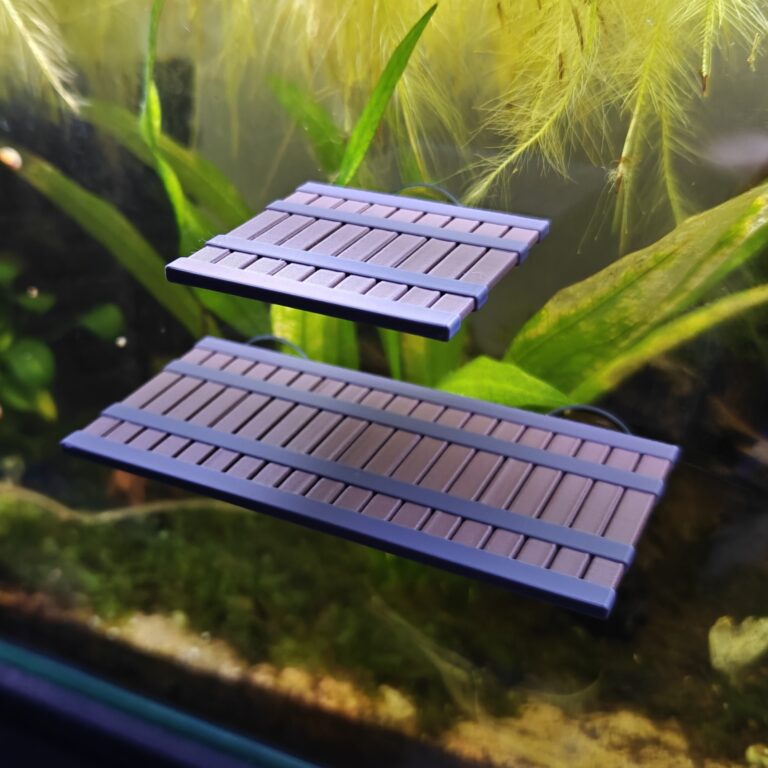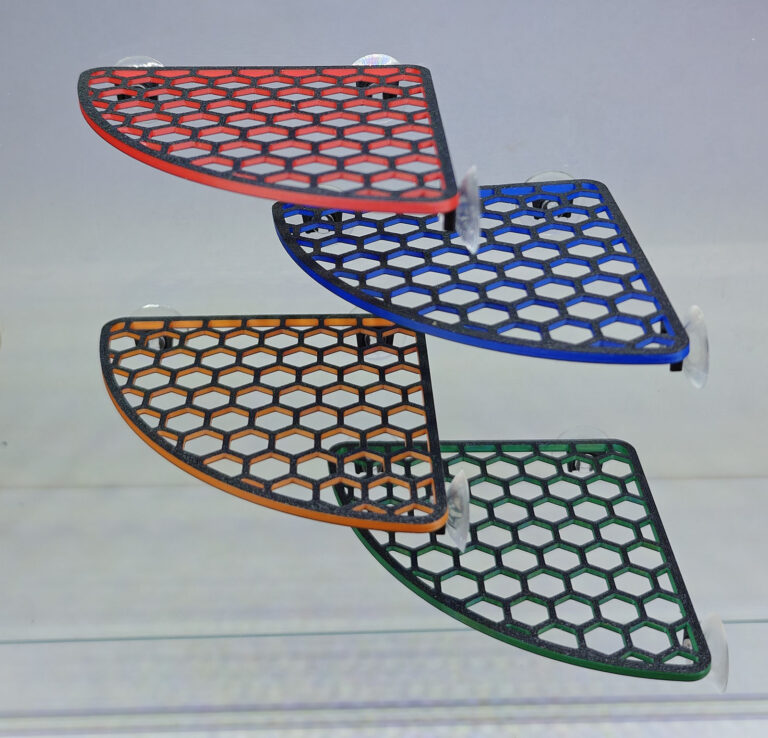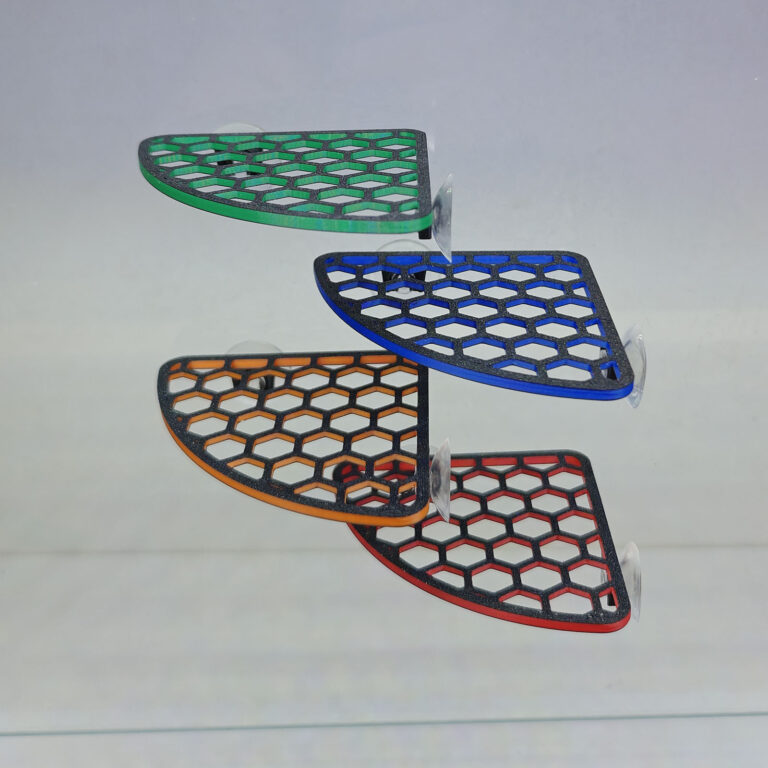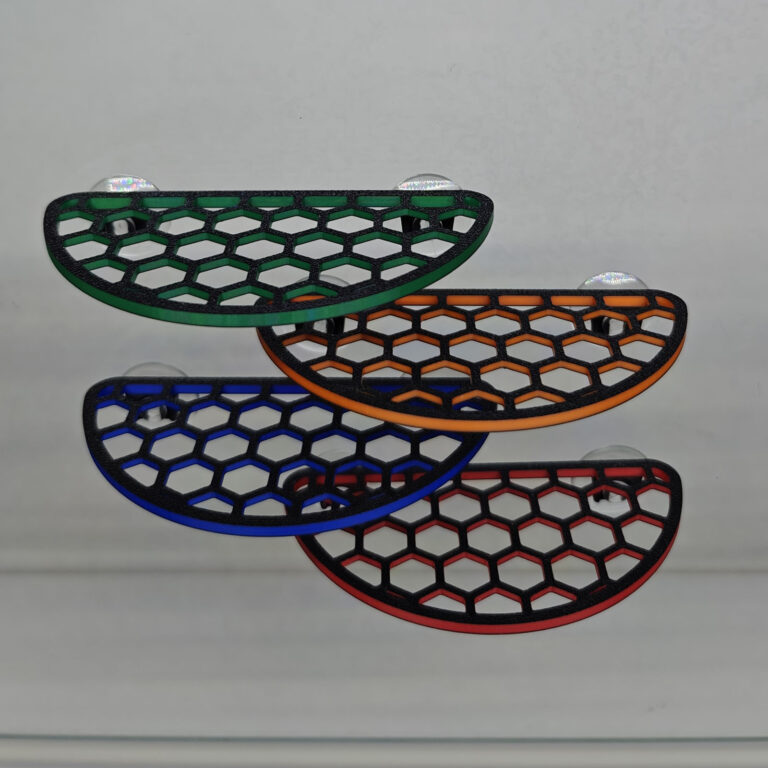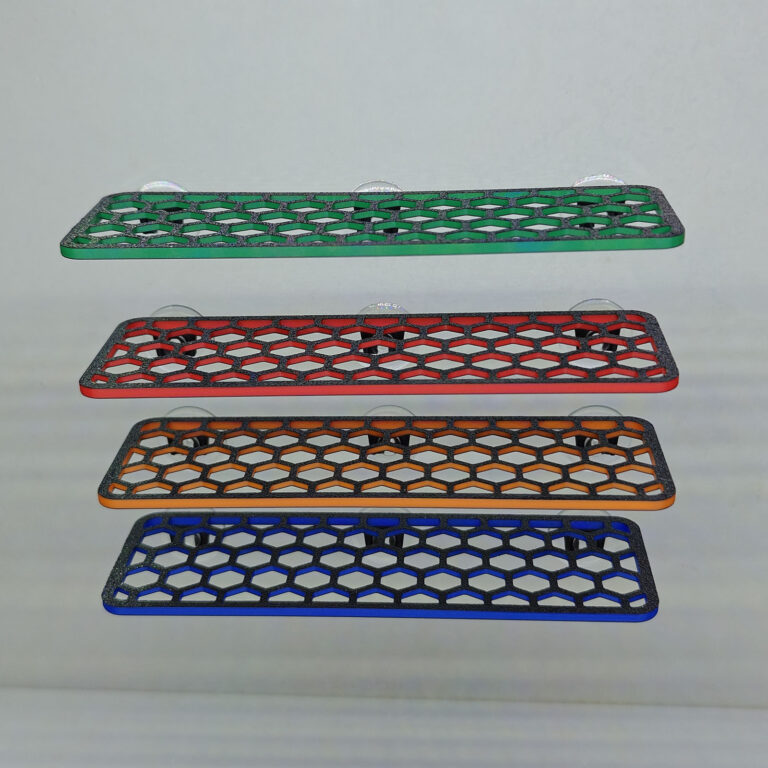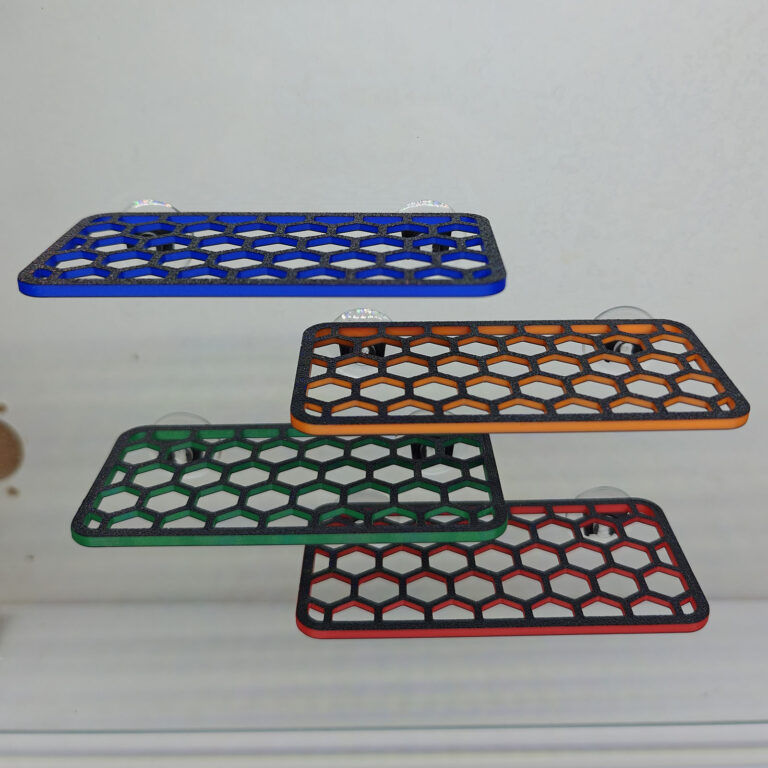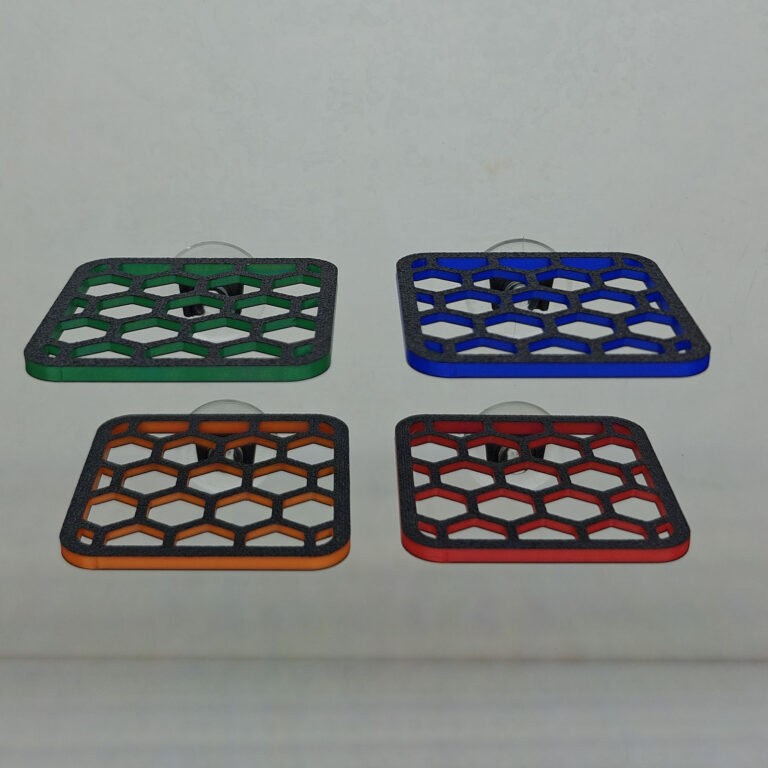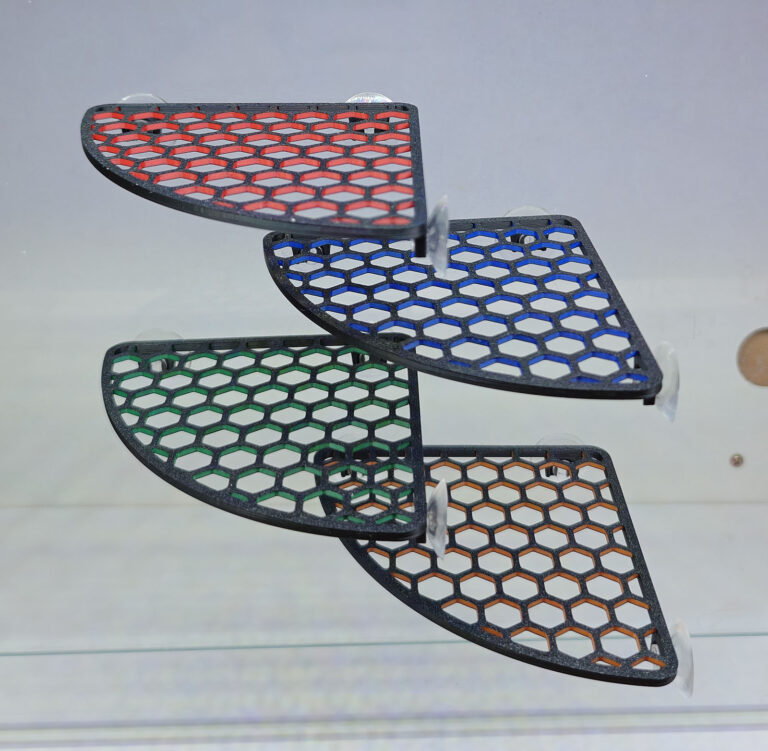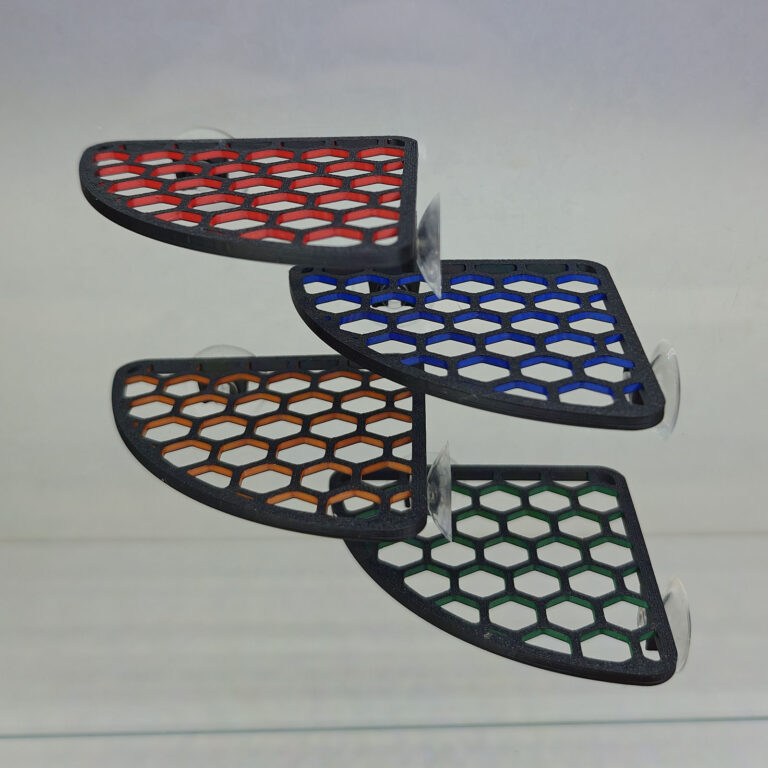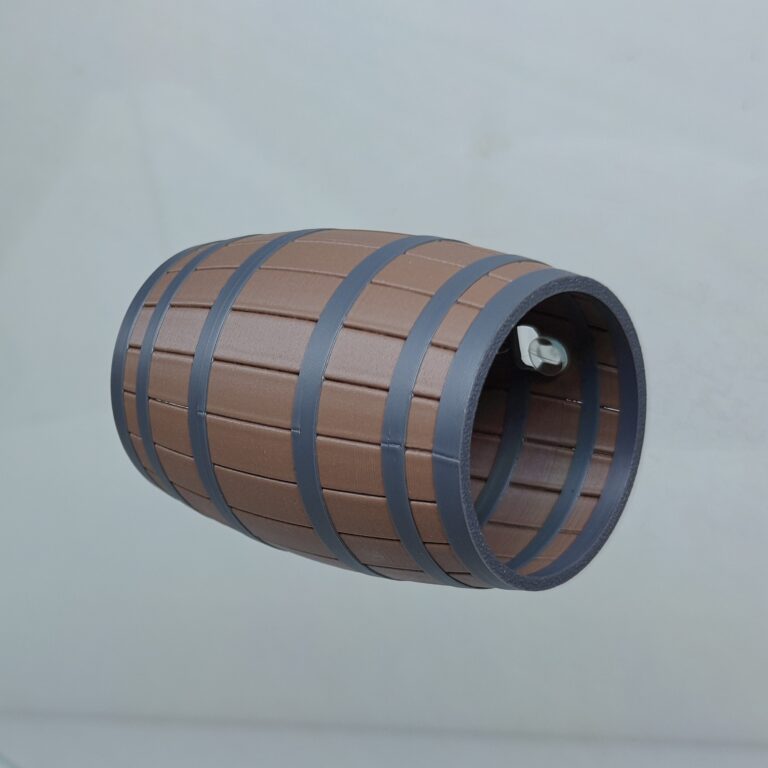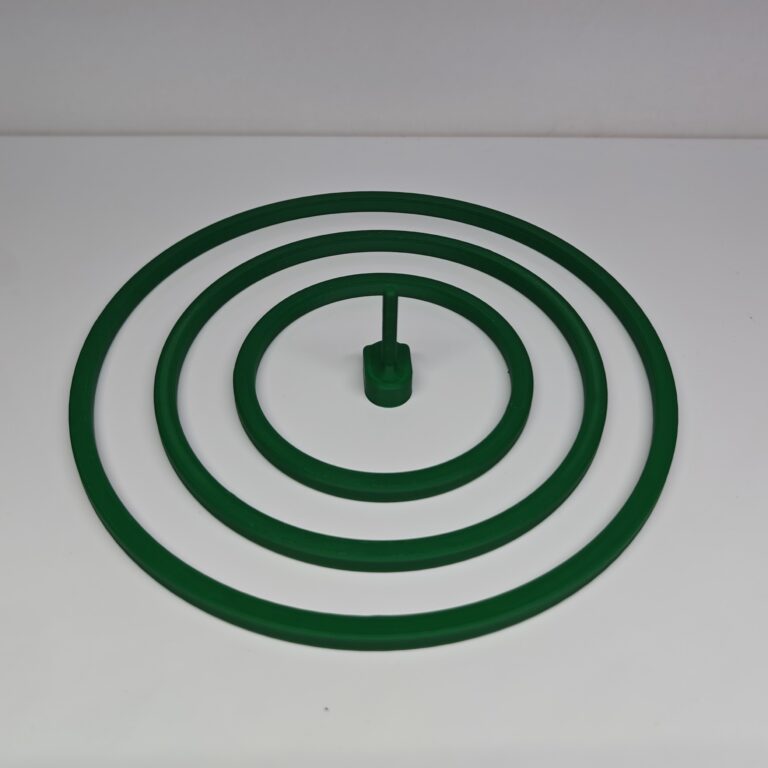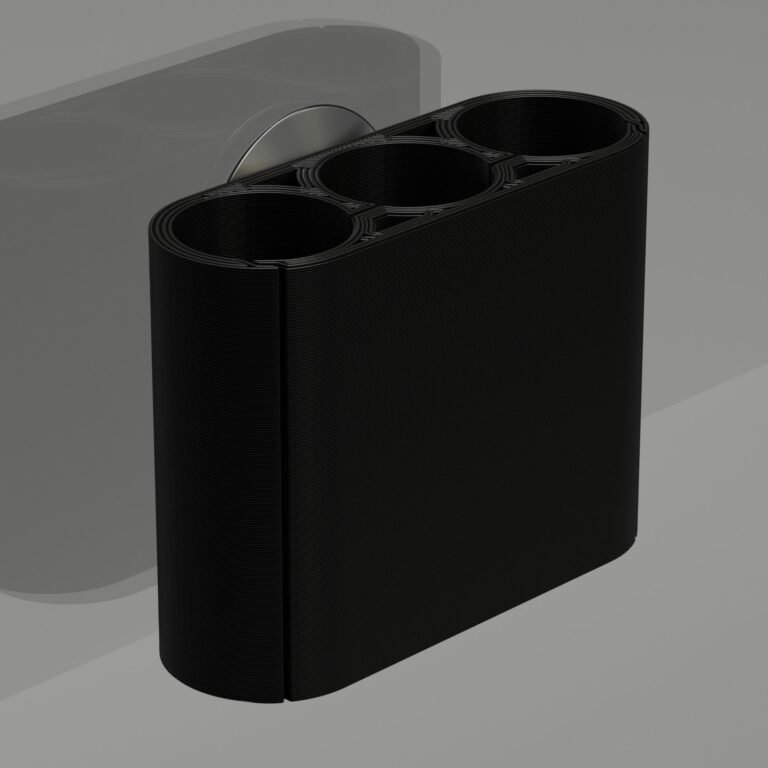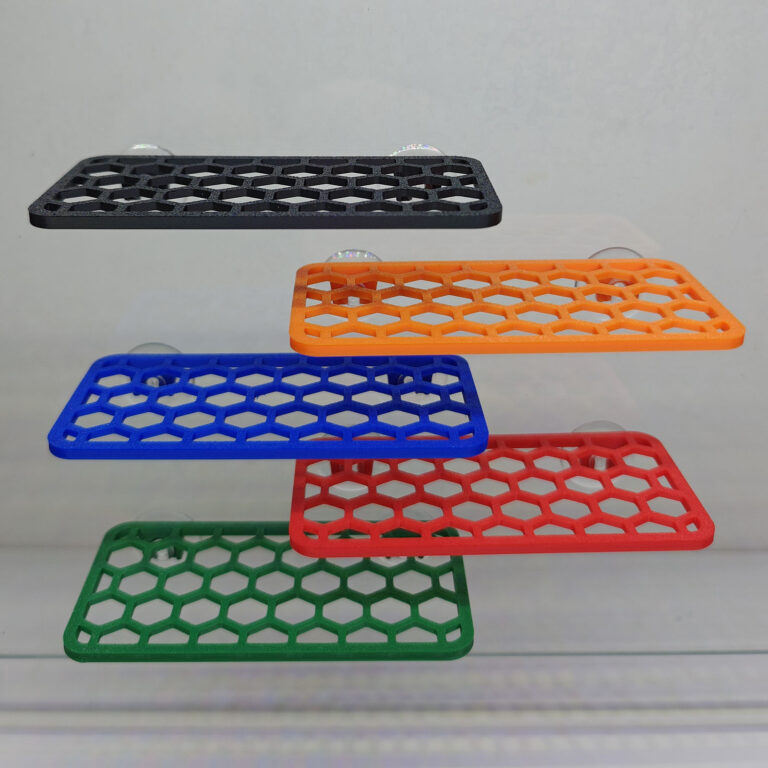If you’ve ever set up a shrimp tank, you’ve probably spent hours perfecting water parameters, choosing the right substrate, and making sure your filter doesn’t suck up the babies. But there’s one thing that many aquarists, especially new breeders, overlook – hiding spots.
Whether you’re breeding neocaridina, caridina, or any other species, providing proper shelters can be the secret to long-term success and healthy shrimp generations.
In this post, we’ll explore why hiding spots are non-negotiable in breeding tanks, the different types of hides that work best, and how to place them for maximum shrimp happiness.
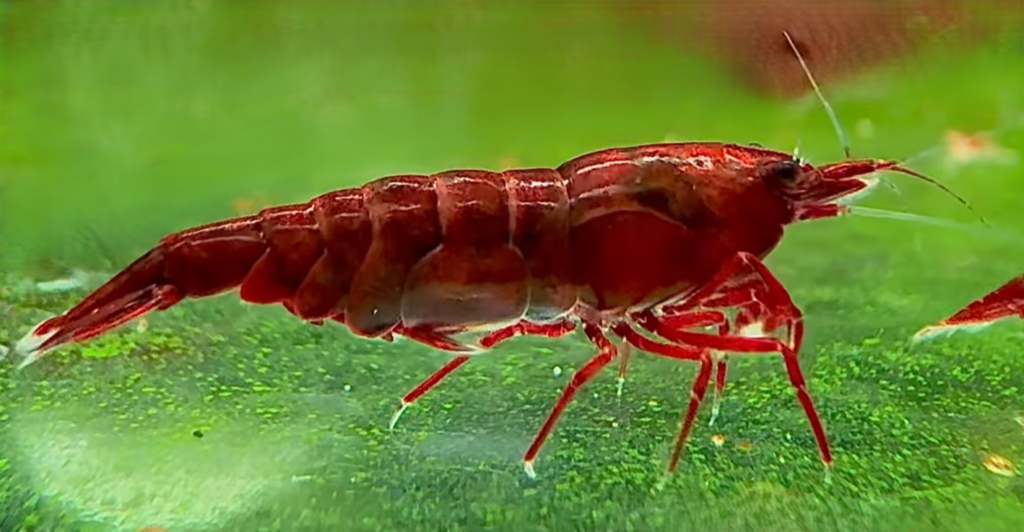
Why Are Hiding Spots So Important in Shrimp Tanks?
Shrimp might be small, but they live complex lives and their environment plays a major role in how well they eat, grow, and reproduce.
Here’s why hiding places matter:
1. Safety During Molting
Molting is a vulnerable time for shrimp. When they shed their old exoskeleton, they’re soft and defenseless for several hours, even longer for juveniles. Without places to hide, they become easy targets for tank mates or even other shrimp.
Hiding spots reduce this risk, giving molting shrimp a quiet place to rest and harden up before rejoining the group.
2. Increased Breeding Confidence
Female shrimp, especially when berried (carrying eggs), prefer to stay hidden and stress-free. If they don’t feel safe, they may drop their eggs or delay breeding altogether. Well-placed shelters help them feel secure enough to reproduce naturally.
3. Protecting Shrimplets (Baby Shrimp)
Shrimplets are tiny and even the most peaceful adult shrimp or fish can accidentally harm them. Giving your baby shrimp plenty of small hiding places greatly improves survival rates.
In fact, many breeders report 3x or more fry survival just by adding more dense cover to their tanks!
4. Growing Biofilm – A Natural Buffet
Good hides don’t just shield shrimp, they also grow food! Surfaces like ceramic, lava rock, plastic or moss naturally grow biofilm, which shrimp love to graze on. For shrimplets especially, biofilm is often the only thing they’ll eat for their first few days.
Incorporating hides with textured surfaces means you’re not just giving your shrimp a place to hide — you’re also feeding them.
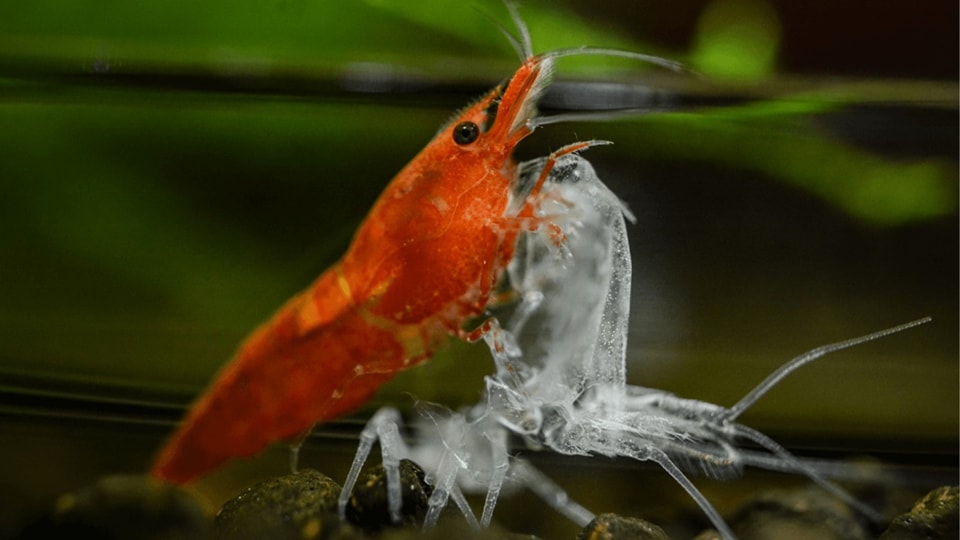
The Best Types of Shrimp Hides (and Why)
Not all hides are created equal and shrimp are pickier than you might think! Here’s a breakdown of some of the most popular options, how they work, and how to use them.
Shrimp Domes
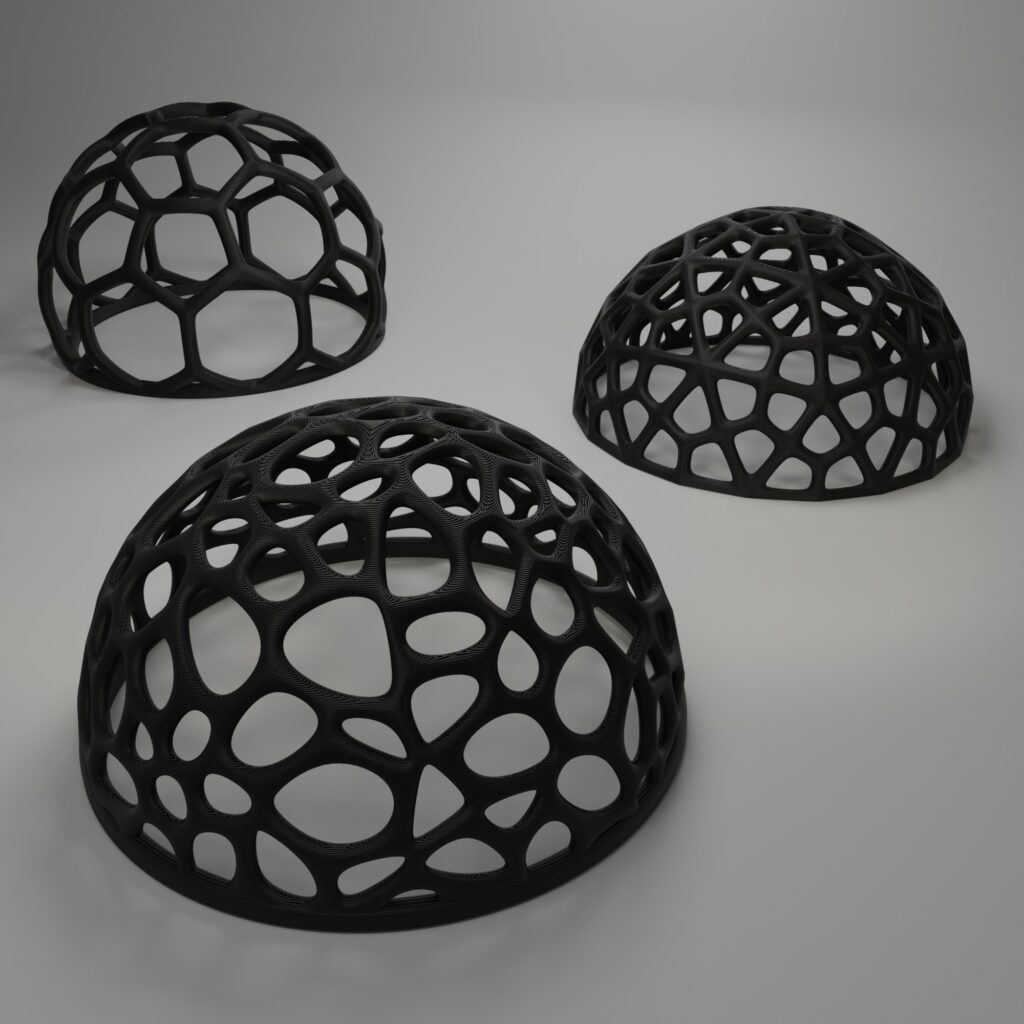
Best for: Medium to large shrimp, berried females, community shrimp spaces.
These dome-shaped shelters are ideal for creating a large climbing frame and surface for biofilm. This is great for grazing shrimp and also look great in your tank.
Pro tip: Place domes near cover like moss or plants to make them even more inviting. You can even put moss inside the dome to create a moss structure.
Moss Ledges
Best for: Shrimplets, feeding zones, vertical cover.
Moss ledges serve double duty: they offer overhead protection and grow plenty of edible biofilm. Since shrimp love grazing, these are fantastic additions to breeding tanks Unlike most hides moss ledges use the vertical space in the tank adding additional surface area for your shrimp. Use java moss for the best results.
Pro tip: Position these halfway up your tank glass — they mimic overhangs and provide shade too.
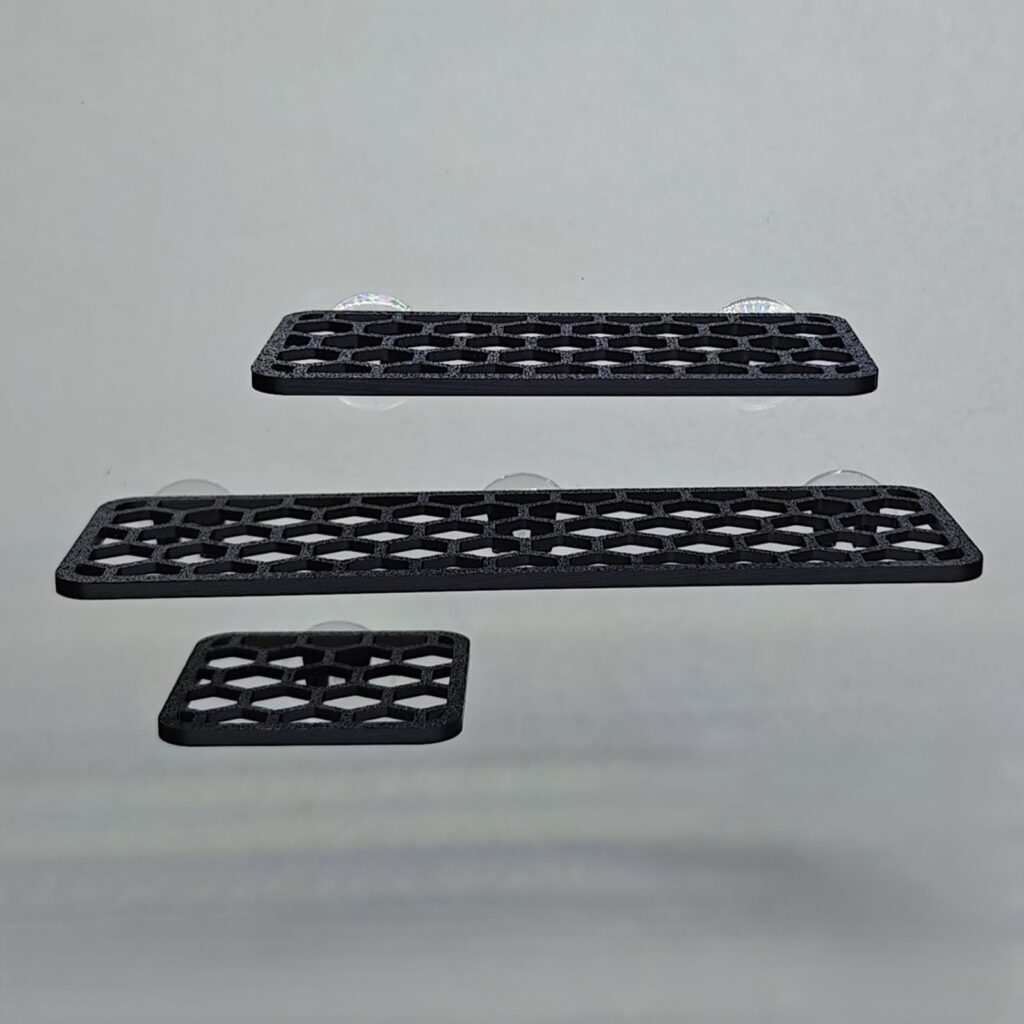
Shrimp Hides – Round & Hex
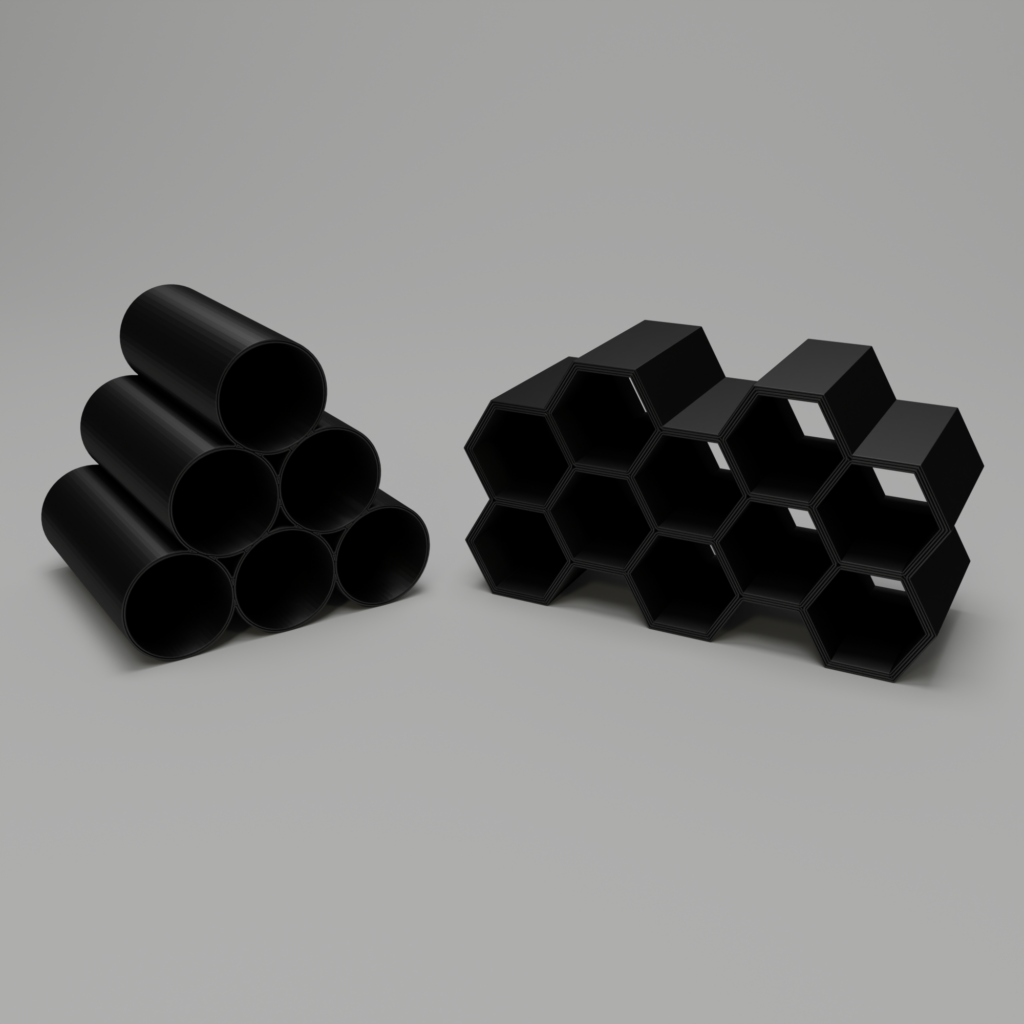
Best for: Shrimplets, fry-heavy tanks, small spaces.
Compact and full of small openings, these hides are perfect for young shrimp to squeeze into. Plus, their open design allows for good water flow, which helps avoid debris buildup. They’re easy to clean and add great texture to your tank’s look.
Pro tip: Mix hex and round styles for more coverage and visual interest!
How to Set Up Hiding Spots in a Breeding Tank
Knowing which hides to use is step onem, now let’s make sure they’re placed effectively!
- Spread them out: Shrimp are territorial. Scatter hiding spots across different zones of the tank (front, back, left, right) to avoid crowding.
- Create layers: Use a mix of floor-level hides (like domes and round hides) and elevated ones (like moss ledges). This gives shrimp access to cover at all levels of the tank.
- Pair with plants: Combine physical hides with natural ones like mosses, crypts, or floating plants like water lettuce. This creates a more natural feel and more surface area for food!
- Avoid blocking flow: Keep your filter in mind when placing hides. Good circulation helps keep the water clean and oxygen-rich.
Mistakes to Avoid
🚫 Too few hiding spots – In a breeding tank, one or two hides won’t cut it, especially when shrimplets are present.
🚫 Too many large hides only – If your hides are too big, fry won’t use them. Mix in small, tight structures.
🚫 Cluttering the tank – While more is good, don’t fill every inch. Leave room for swimming and grazing.
Q&A – Common Shrimp Hide Questions
– How many hiding spots should I use in a 20L tank?
Aim for 6–10 total shelters, a mix of sizes and materials.
– Can I use hides in community tanks with fish?
Absolutely! In fact, shrimp hides are essential if you’re keeping shrimp with peaceful fish like tetras or rasboras.
– Do shrimp hides grow algae?
Yes and that’s a good thing! Biofilm, algae, and microorganisms grow naturally and become food for your shrimp.
– What’s the best hide for baby shrimp?
Use round or hex shrimp hides with small openings. Shrimplets will naturally gravitate to tight, dark spaces.
Final Thoughts
Hiding spots are more than just cute tank decor, they’re essential tools for shrimp breeding success. From molting to shrimplet survival, the right shelters offer safety, security, and even extra nutrition.
Whether you’re just starting your shrimp journey or expanding your breeding tanks, don’t underestimate the power of a well-placed hide.
